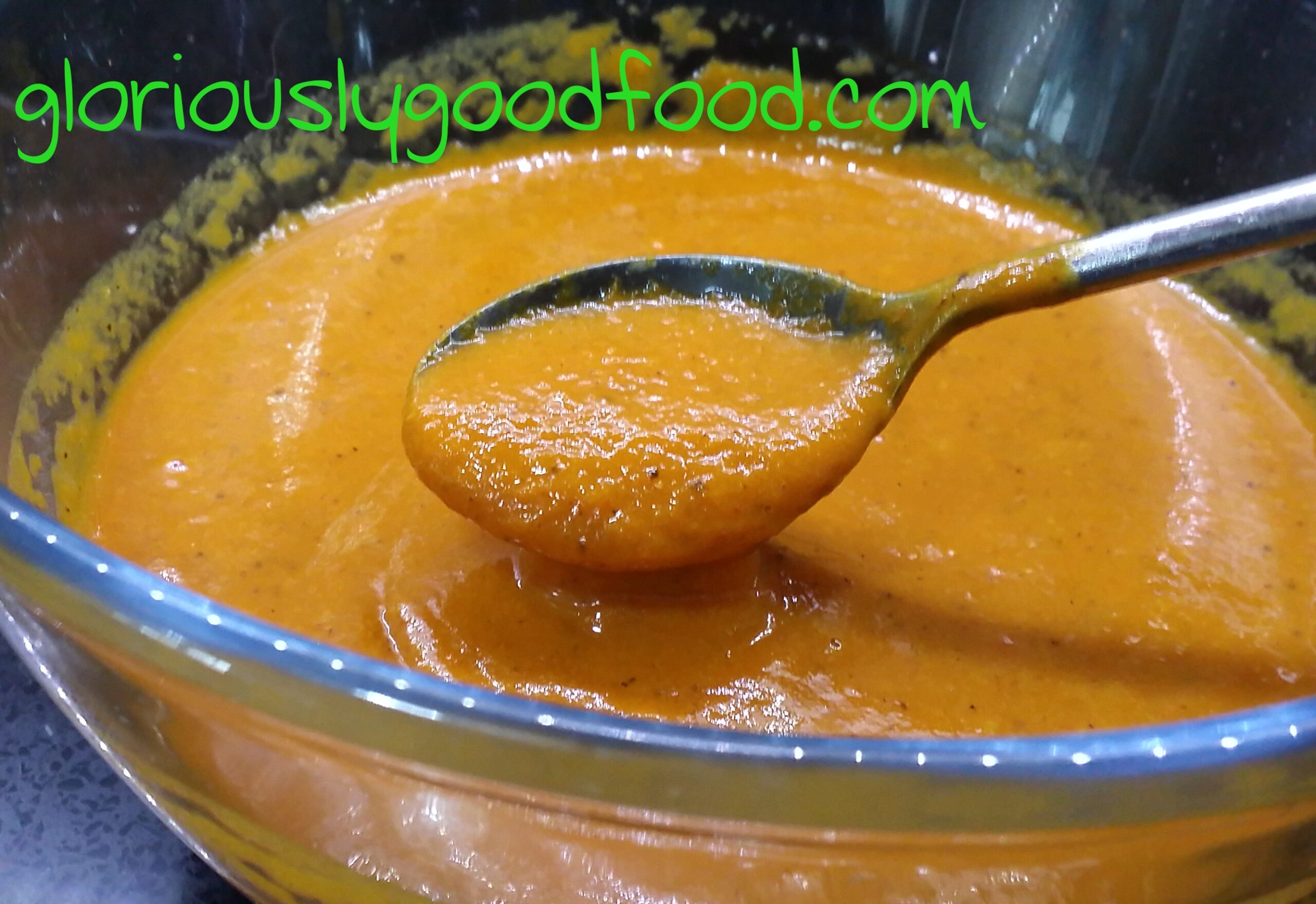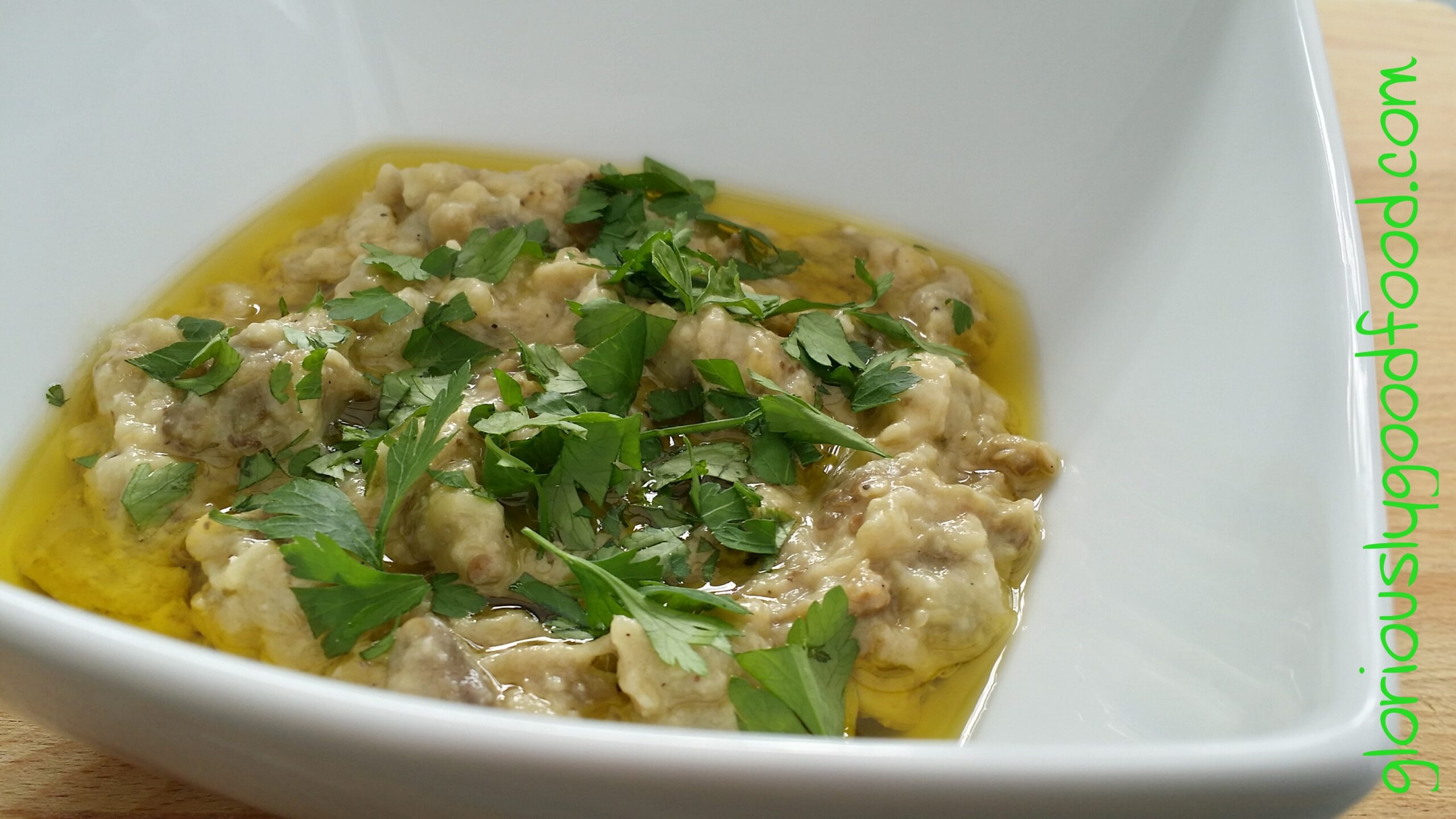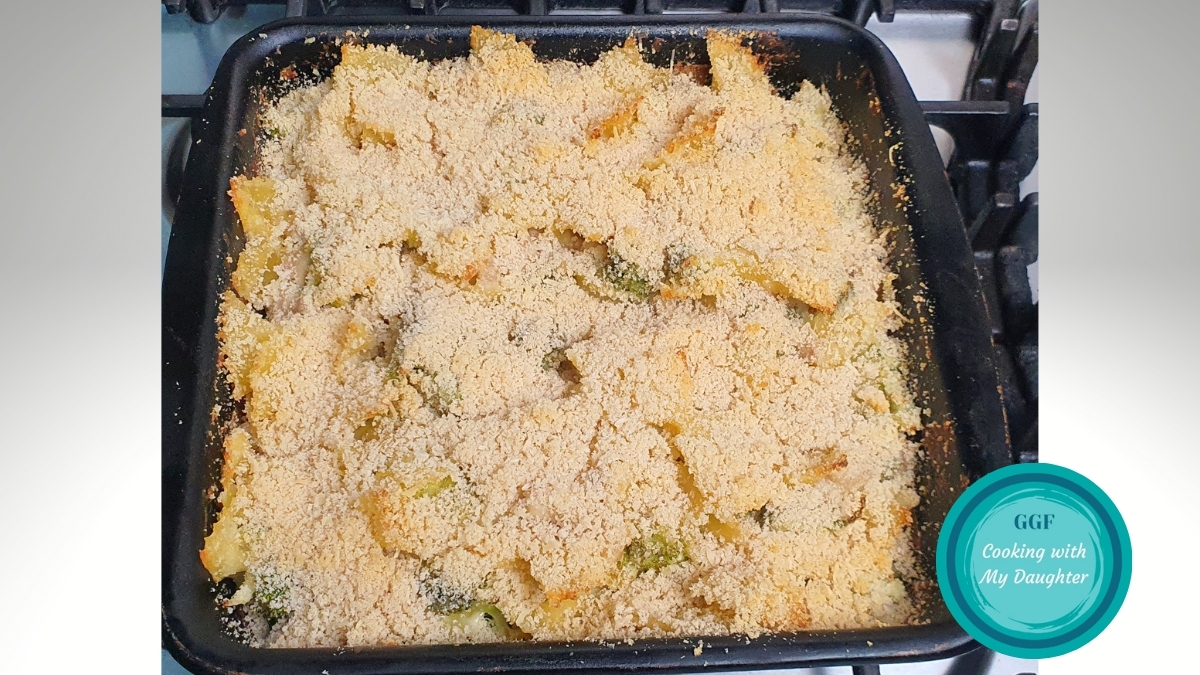Using a Roasted Sweet Pepper Sauce is a good alternative to using tomatoes,
but this sauce is much more than a tomato substitute!
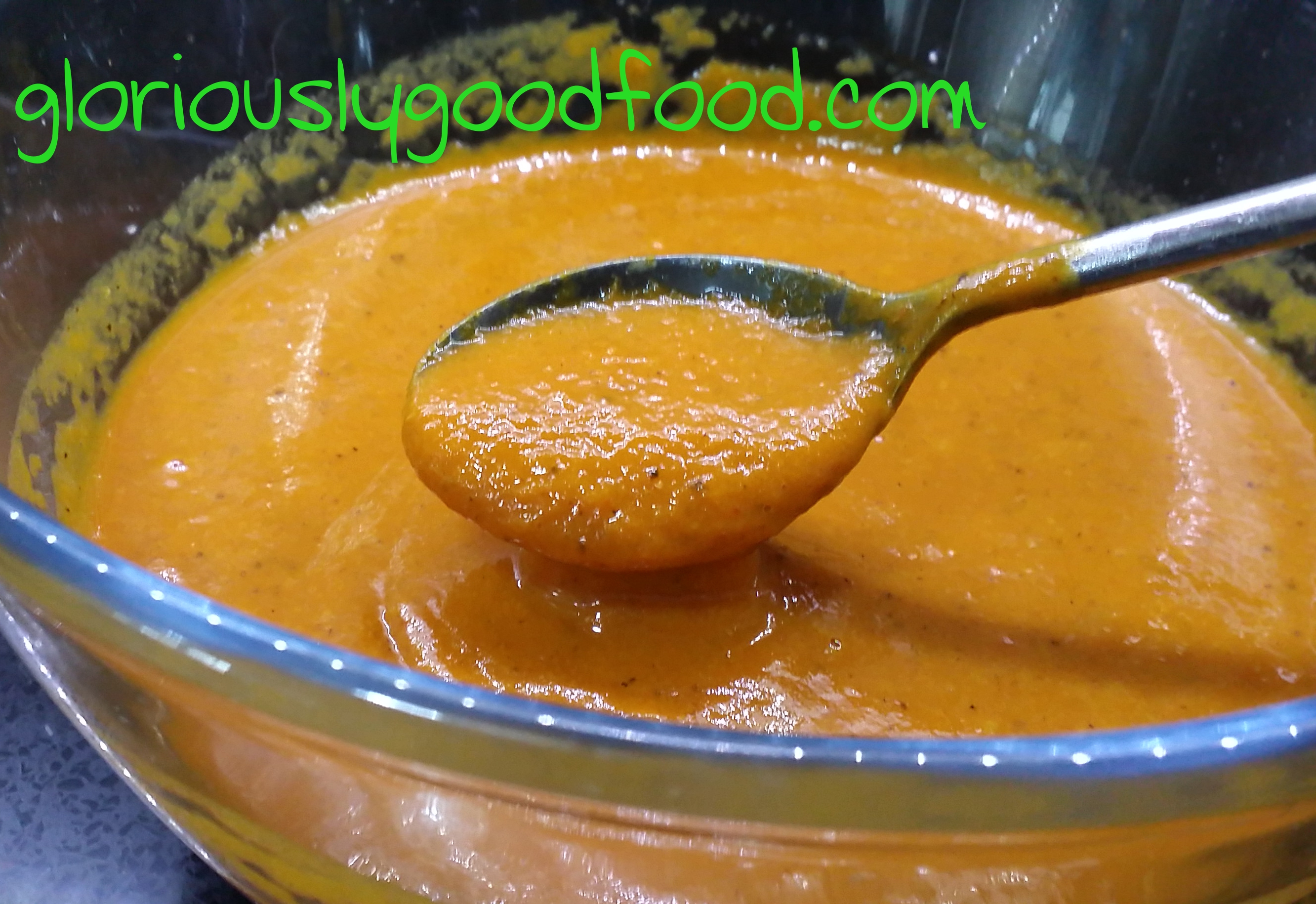
This roasted sweet pepper sauce is versatile and can be used as the base for soups, meat-based sauces, or on its own. It’s so delicious, I was struggling to keep my daughter’s hands off it after I’d made it, even though I needed it to use in another recipe.
I started off by wanting to make a sauce using peppers as a substitute for tomatoes. The jury is still out on whether tomatoes set off my reflux or not (acidity-wise, they’re above a pH of 4, so they should be ok for most reflux sufferers, but they’re one of those foods that trigger reflux for many, even though they’re strictly-speaking ok in terms of acidity), but I wanted to come up with an alternative that would be safe for most reflux sufferers*. And besides, I love the taste and smell of peppers!
This sauce is easy to make but does take a little bit of time and a bit of effort.
Ingredients for approximately 800ml of sauce (this will depend on the size of the peppers, how much water they hold through the roasting process etc – it’s not exact):
- 8 large peppers (mixture of red, orange, yellow)
- 8 cloves of garlic (if you have reflux and garlic affects you, you can use herbs instead – choose your herbs based on what you’ll use the sauce with, for example rosemary or thyme for chicken dishes, parsley for fish dishes, oregano for many pasta dishes & soups etc)
- a sprinkling of sea salt
- 1tbsp of olive oil
- Optional: chicken or vegetable stock – just enough to ‘wash out’ the blender at the end and avoid waste…this also dilutes the very thick sauce a little
Method:
Pre-heat the oven to 220°C (fan-assisted).
Lightly crush the garlic with the side of a large knife (using pressure from the palm of your hand) – leave the skins on. Crush it just enough for the skin to burst.
De-seed the peppers and cut them into large chunks (about 2 square cm).
Place the peppers and garlic into a large oven-proof (ideally non-stick) dish, drizzle over the olive oil and sprinkle with sea salt. Stir.
Roast in the pre-heated oven for 40 minutes, until the peppers and garlic are soft (some of the garlic may have burst out of its skins – that’s ok), stirring halfway through. It’s ok if some of the peppers go a little black around the edges. It adds to the roasted flavour.
Place everything, garlic skins included, into a blender.
Tip: If you are doing this while it is still hot, ensure the jug on your blender is heat proof, that the jug is not over-full (do in batches if needed) and that the removable centre section of the lid is removed. Before you start blending, place the lid (with the hole in the top) firmly on the jug, then loosely hold a tea towel folded into a square over the hole. Doing this will ensure that steam can escape and that your hot sauce doesn’t burst out of the blender.
Place a fine sieve over a bowl and pour in the sauce from the blender. Do this in small batches and, using a spoon, stir the sauce so that it can go through the sieve, leaving behind only the tiny pieces of garlic and pepper skins. Keep doing this until you have sieved the entire sauce and you cannot push any more pulp through the sieve. The sauce in the bowl should be quite thick and velvety.
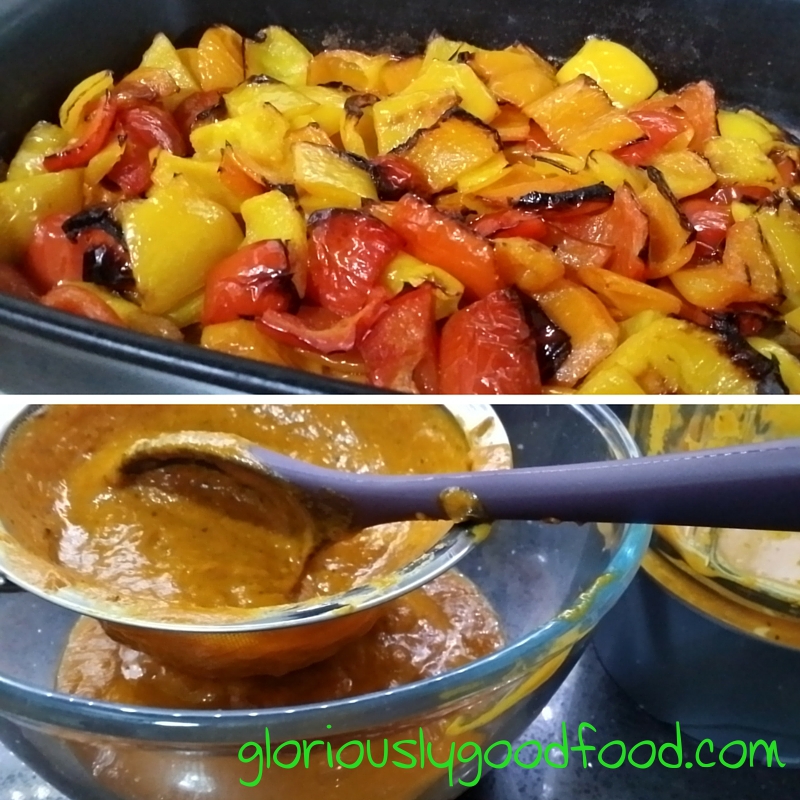
Optional: Use a bit of chicken or vegetable stock to ‘wash out’ the blender jug and get every drop of this delicious roasted sweet pepper sauce into your bowl.
The sauce is now ready for you to use or refrigerate/freeze for later use.
Gloriously simple, Gloriously Low-Fat, Gloriously Low-Cal, Gloriously Reflux-Friendly, Gloriously Good!
*Please note I am not a doctor, speech therapist or in any way medically qualified. The recipes are a combination of my interpretation of the rules outlined in the ‘Dropping Acid – The Reflux Diet’ book and ingredients that work for my reflux. If you believe you suffer from reflux, please seek advice from a medical professional to confirm your diagnosis and work out the best course of treatment/management for you. I hope that my recipes can help you as part of this management. The recipes are, by their nature, very low in fat, so are also suitable for anyone wishing to follow a low-fat diet.

